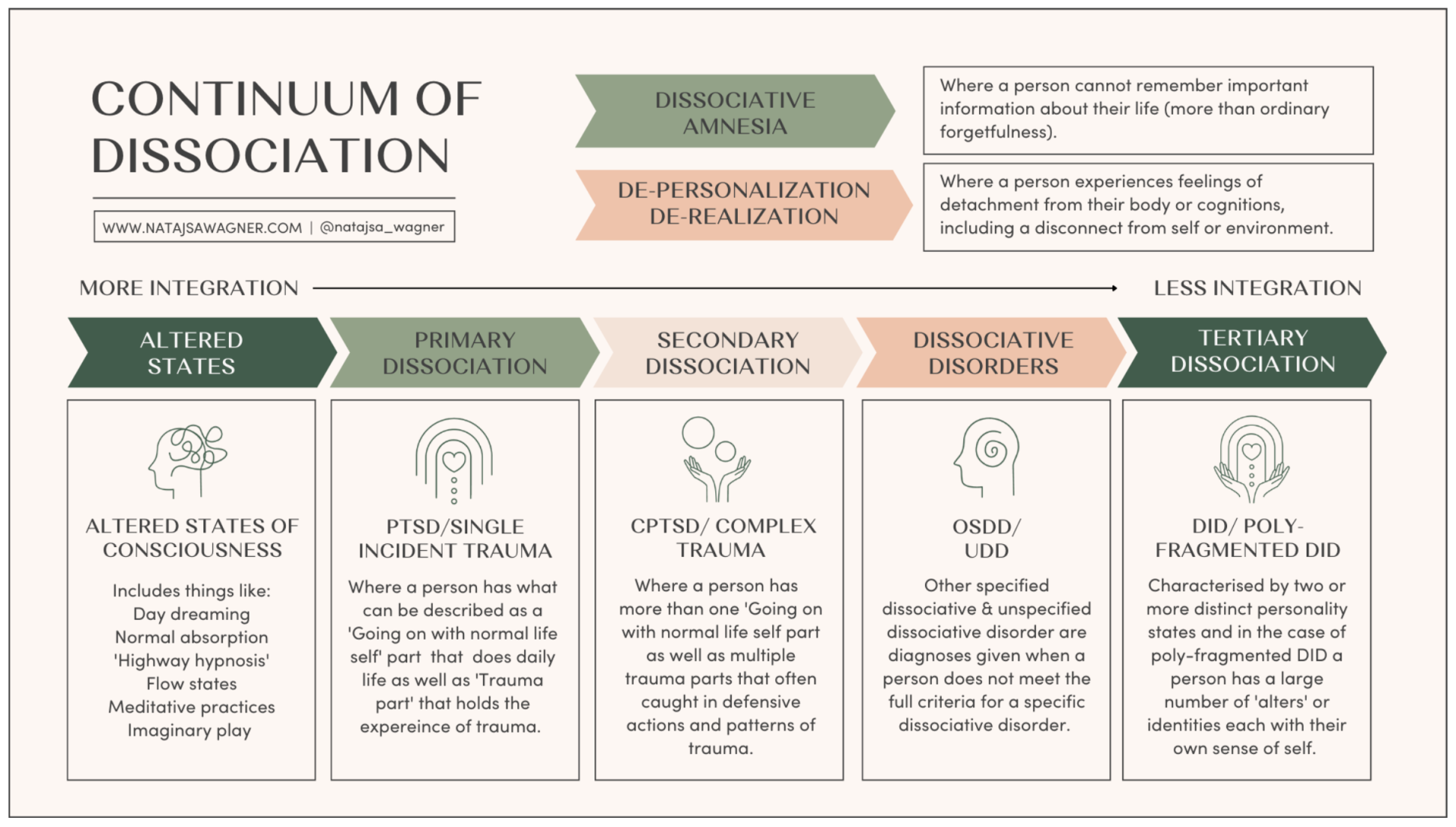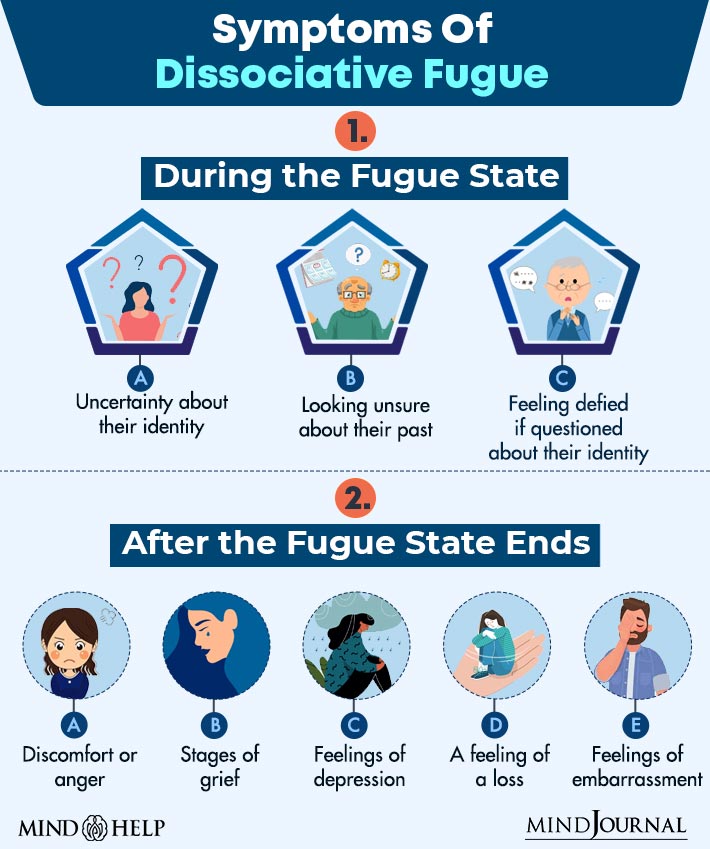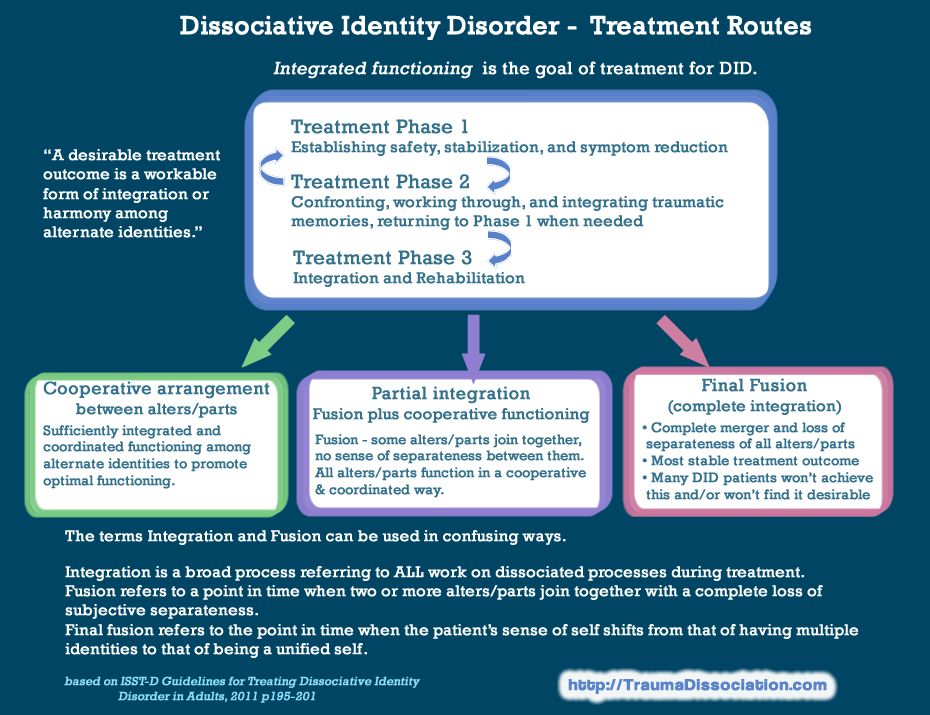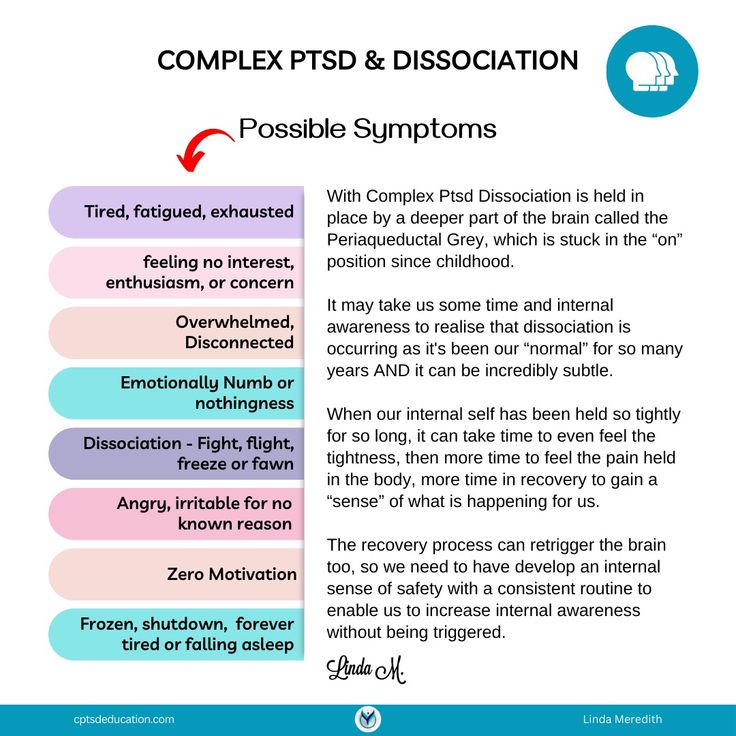A Guide to Structural Dissociation of the Personality
The concept of structural dissociation of the personality is a cornerstone in understanding and treating trauma, particularly complex trauma. This blog post aims to demystify this concept, making it accessible not only to coaches but also to the general public. We will explore its definition, origins, different types, and its implications for integration and healing.
Definition and Origin
Structural dissociation is a psychological theory that explains how intense trauma can lead to a division within a person's personality. This theory, developed by Onno van der Hart, Ellert Nijenhuis, and Kathy Steele, suggests that trauma, especially during early developmental stages, can cause the personality to split into different parts or segments.
The theory distinguishes between 'Apparently Normal Parts' (ANPs) and 'Emotional Parts' (EPs). ANPs are aspects of the personality that handle daily life and responsibilities, often avoiding trauma memories. In contrast, EPs hold traumatic memories and emotions.
For example, a person might have an ANP that is competent and functions well at work, while an EP might emerge in response to specific triggers, carrying the emotional pain of past trauma.
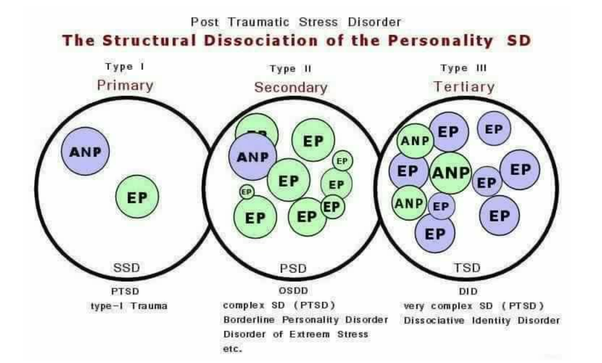
Structural dissociation can manifest in three forms:
Primary: Common in Post-Traumatic Stress Disorder (PTSD), where there's a single ANP and a single EP.
Secondary: Observed in Complex PTSD (C-PTSD), characterized by more than one ANP and EP.
Tertiary: Found in Dissociative Identity Disorder (DID), where multiple ANPs and EPs are present.
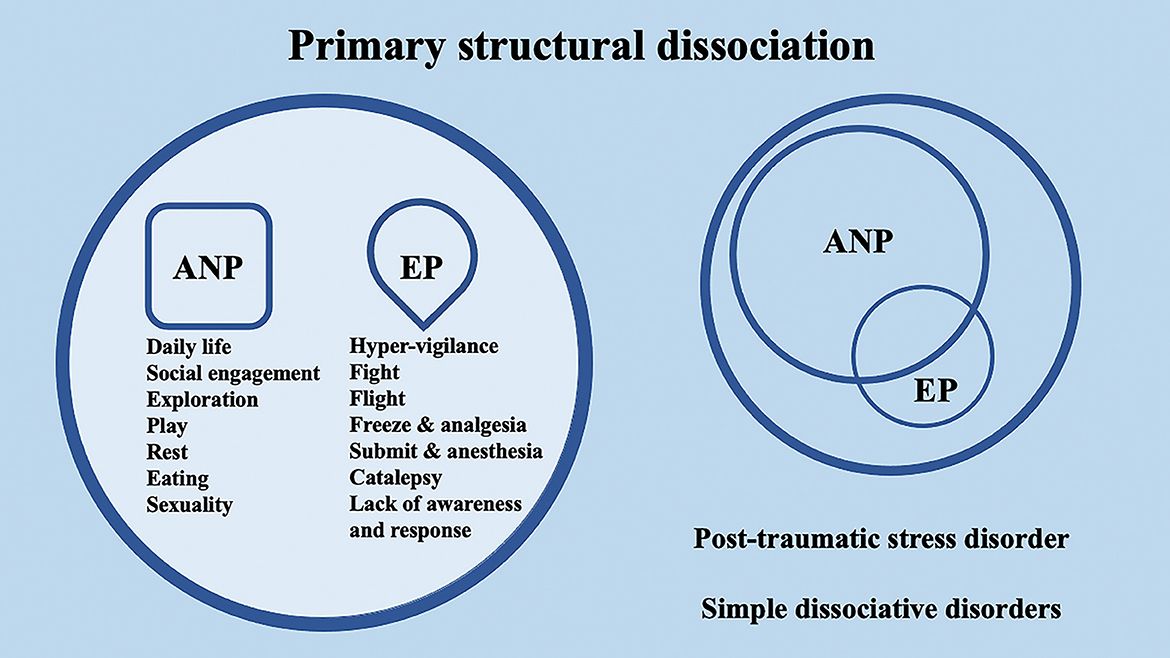

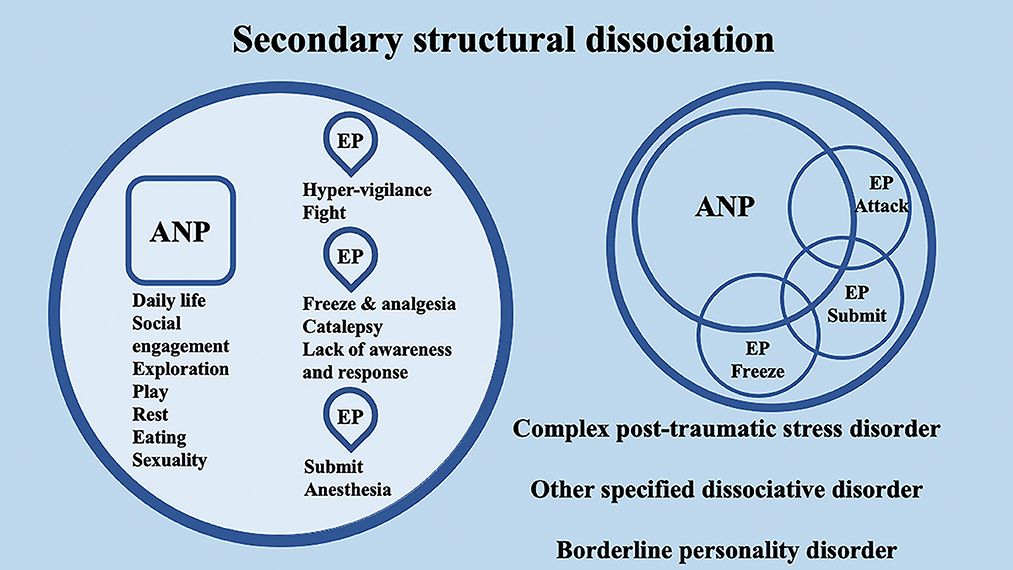
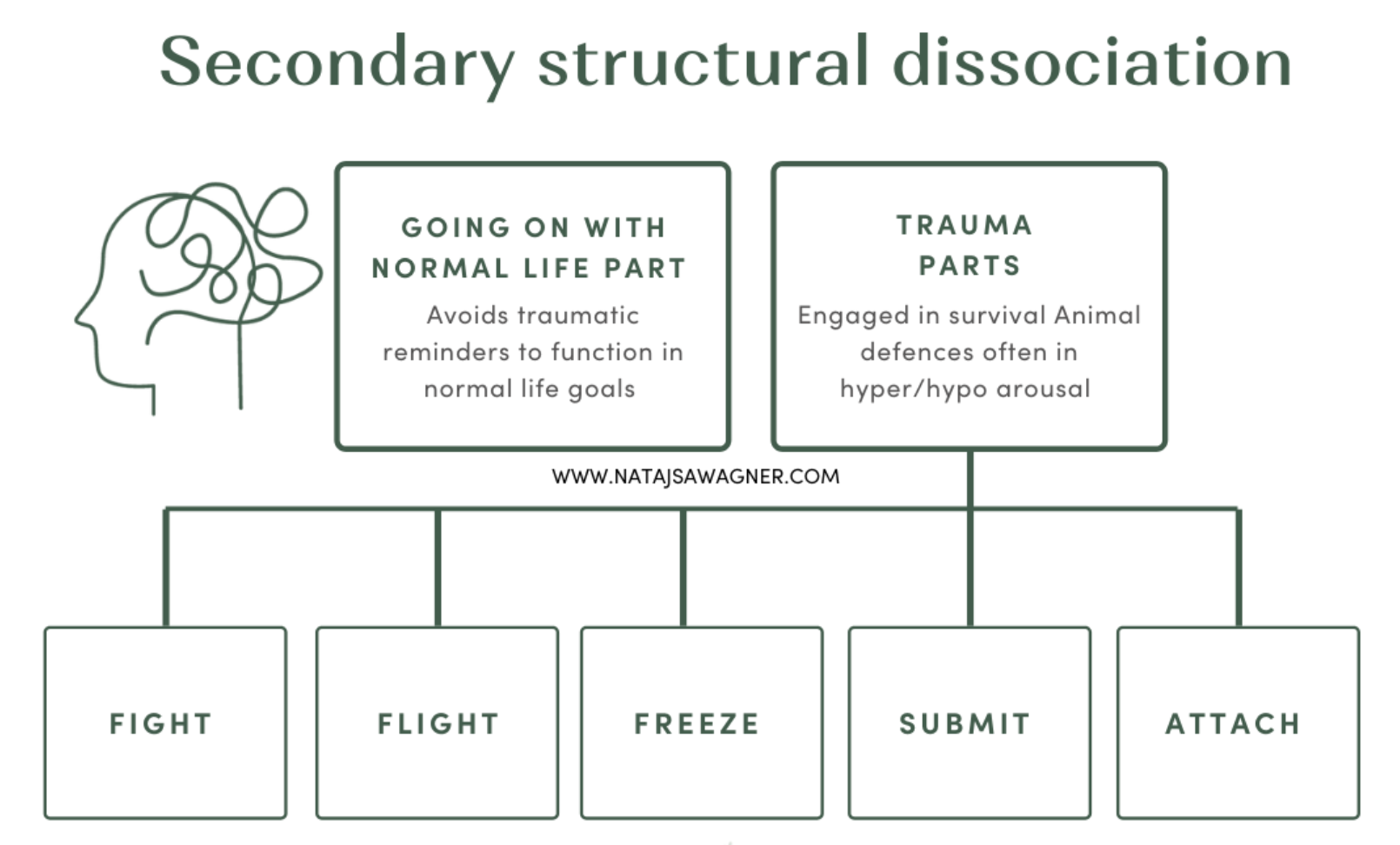

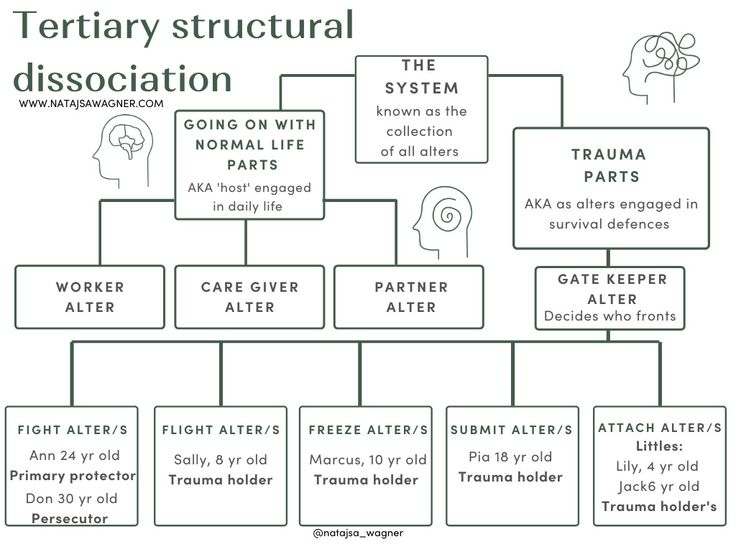
Trauma and Personality Structure
Trauma, particularly developmental trauma, can significantly impact personality structure. While a single traumatic event can lead to primary dissociation, ongoing, chronic trauma, such as abuse during childhood, often leads to more complex forms of dissociation.
Integration and Healing
Integration in the context of structural dissociation is often misunderstood. It does not necessarily mean fusing different parts into one. Rather, it's about fostering cooperation and harmony among the parts, leading to a more cohesive sense of self.
In DID, for example, integration might mean that different parts learn to communicate and work together, a state known as 'functional multiplicity'. This approach respects the unique role each part has played in the individual's survival and healing journey.
Does Fusion Always Happen? Do DID Clients Want Fusion?
Fusion, the complete merging of all parts, is not always the goal, nor is it always desired by individuals with DID. Some may prefer functional multiplicity, finding value in the unique perspectives and abilities of each part. The therapeutic goal is determined by the individual's needs and preferences.
What Does Functional Multiplicity Look Like?
In functional multiplicity, an individual with DID may experience distinct parts coexisting harmoniously. Each part maintains its identity but cooperates with others, contributing to a more balanced and cohesive life experience. This approach emphasizes respect for the individuality of each part and the collective well-being of the person.
Understanding structural dissociation of the personality is crucial for anyone involved in trauma work, whether as a coach, therapist, or an informed member of the general public. It requires a compassionate and empathetic approach, acknowledging the complexity and uniqueness of each individual's experience. By embracing this understanding, we can better support those on their journey towards healing and integration, whatever form that may take.
